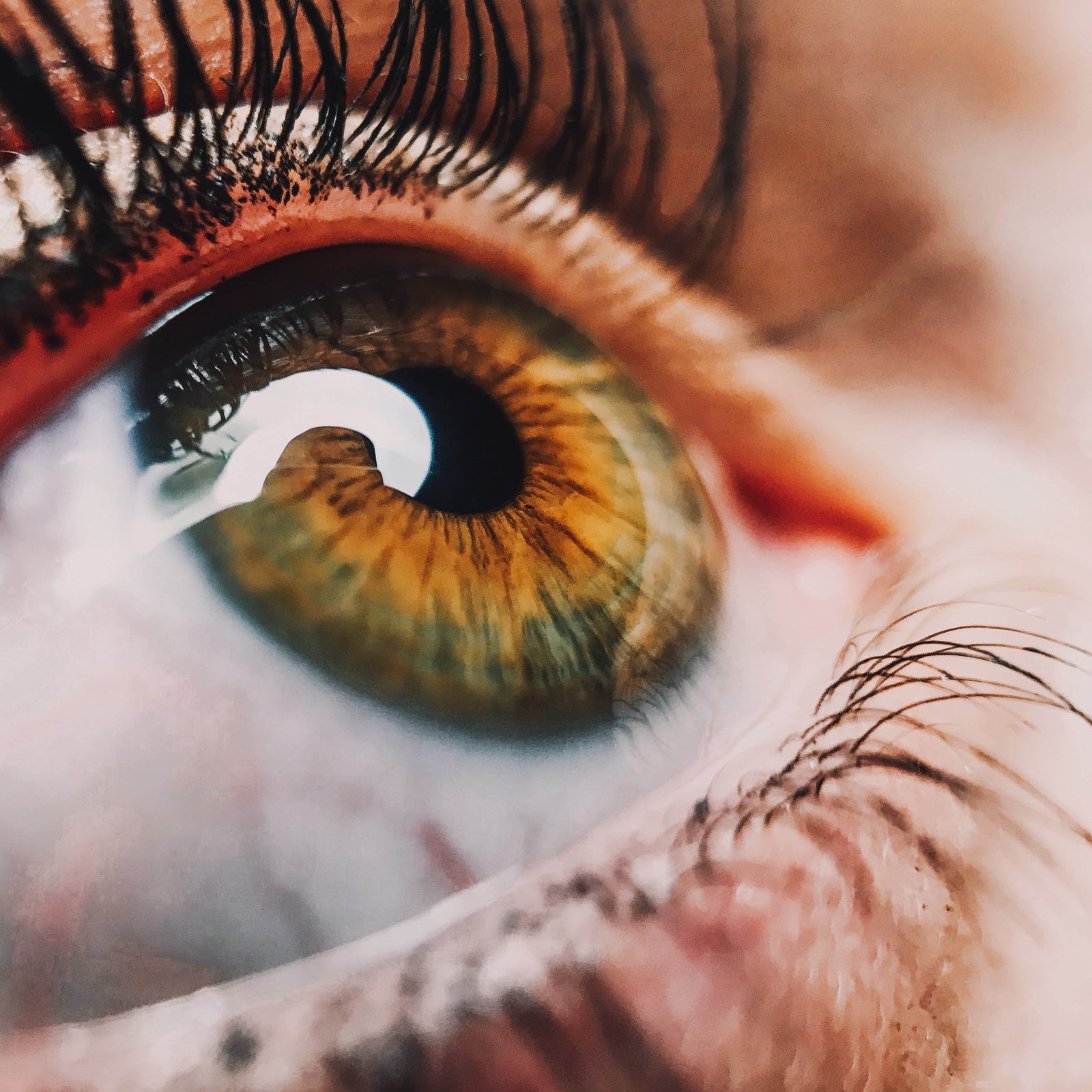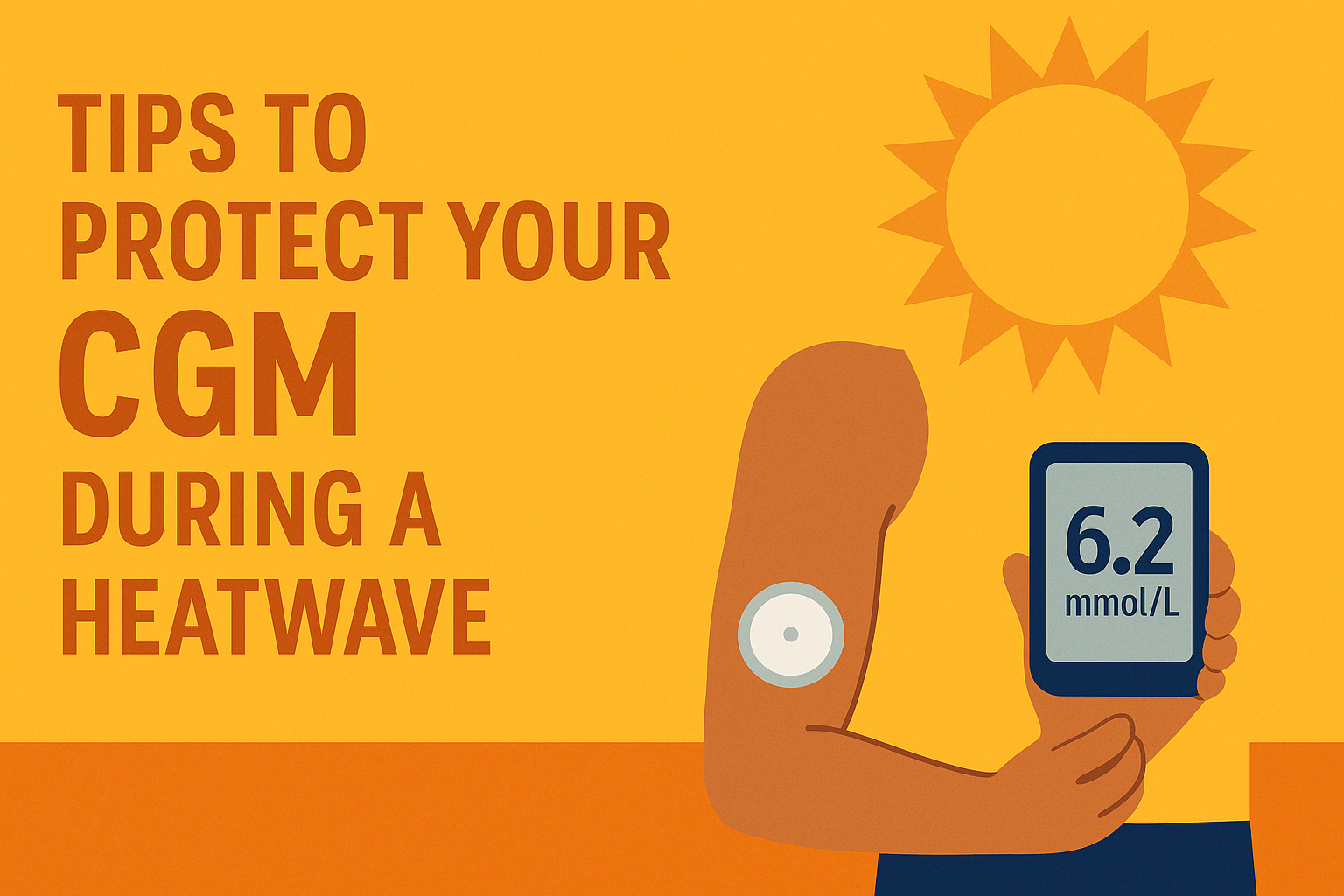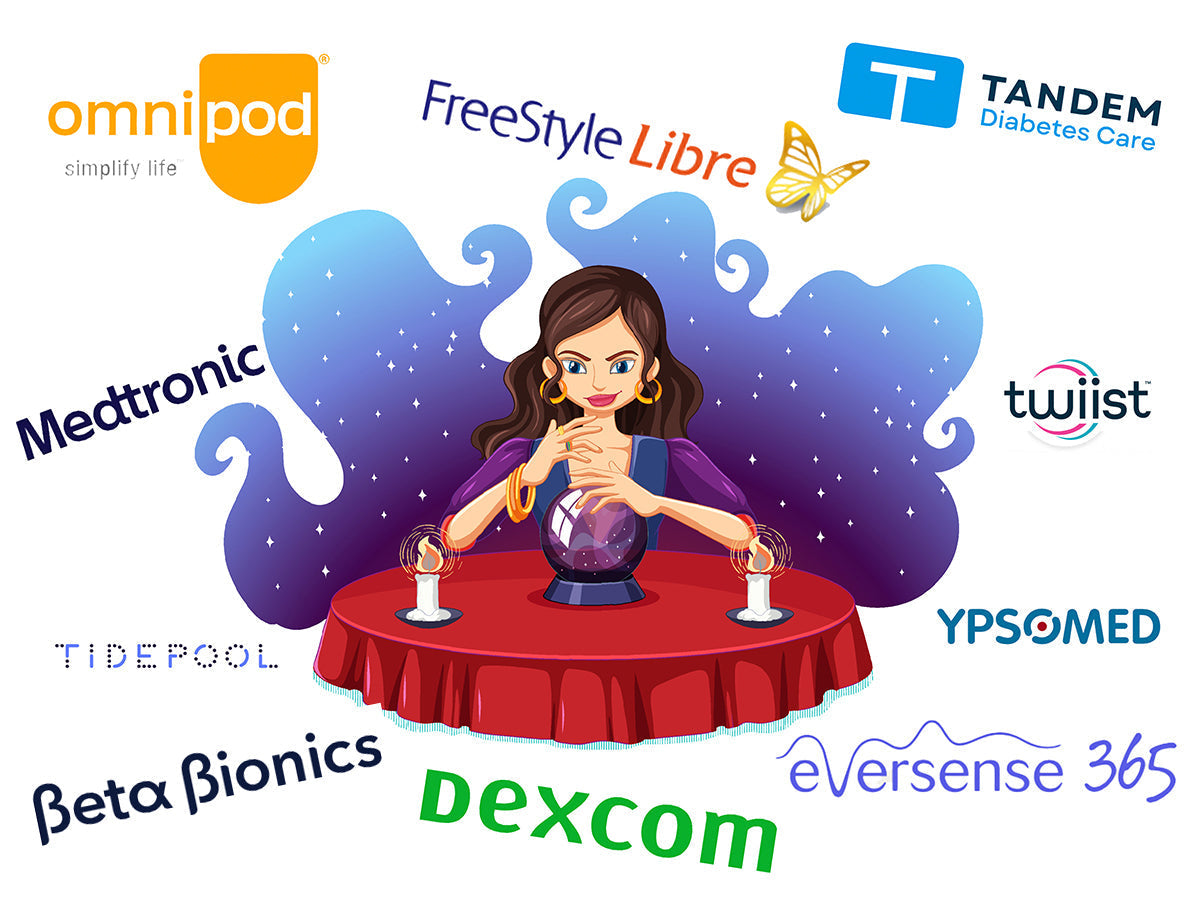
| Blogs and publications on this website are independent of any involvement by medtech companies or diabetes related charities. To ensure there is no bias, we do not accept any products, freebies or other material from any medtech provider. All materials are copyright©️Love My Libre Ltd. |
***
It's a recognised fact that living with diabetes means that there is an increased risk of having eye problems. And this is true whether you have type 1 or 2 diabetes.
As such, it is recommended that persons with diabetes (PWD) have regular eye checks – usually once per year, and more frequently if treatment is needed or if your eyes need to be more closely monitored.
This blog follows on from our blog on Tips for Healthy Feet as we know that, unfortunately, lots of eye check-ups and treatment have been delayed due to the Covid pandemic.
Here we provide you with information on the importance of keeping your eyes healthy, what to look for to avoid eye problems and 8 tips for keeping your eyes healthy.
What eye problems are associated with diabetes?
Firstly, it should be pointed out that although there is a greater risk of eye problems for PWD, it is no longer the main cause of sight loss in the UK working population. A national screening program, in place since 2003, has resulted in many cases of vision problems being detected early on, before individuals notice any changes to their vision, and thus avoided many PWD developing eye problems including going blind.
Diabetic eye disease is a term that encompasses a range of eye problems, the most common of which is retinopathy. Glaucoma and cataract are also eye problems that can particularly affect those with diabetes.
What is diabetic retinopathy?

Retinopathy occurs when changes in blood glucose levels affect the small blood vessels at the back of the eye. In some cases, the vessels will swell up (causing macular oedema) and leak fluid into the rear of the eye, damaging the retina.
Diabetic retinopathy usually affects people who have had diabetes for a significant period of time, but it can also be evident in those with undiagnosed diabetes. In general, the risk of developing diabetic retinopathy increases with age. However, the following factors also increase the chances of developing diabetic retinopathy;
- Duration of Diabetes
- Smoking
- High cholesterol
- High blood pressure
- High glucose levels/HbA1c
- Pregnancy
Screening for retinopathy should be offered to all PWDs over 12 years old living in the UK and is applicable whether diabetes is managed using insulin, or through diet (ie type 2).
💛💛💛
What are the symptoms of eye problems? 
Blurred vision
Blurred vision is a symptom often experienced by T1s when they are having a hypo or the converse, when glucose levels have been running high. When its due to hypoglycaemia then normal vision usually comes back once glucose levels stabilise. But if glucose levels have been too high then there may be serious issues to address and bringing glucose levels down too quickly can adversely affect eye sight, so it needs careful management.A loss of sharpness of vision can also signal an underlying eye condition such as age-related macular degeneration and glaucoma.
💛💛💛
Retinopathy
Diabetic retinopathy may occur without any obvious symptoms and without a PWD experiencing any pain. Vision is not initially affected but will develop as the disease advances.
In the early stages of diabetic retinopathy you may not have any symptoms. However, as the condition progresses, the following could develop:
- Spots or dark strings floating in your vision (floaters)
- Blurred vision
- Fluctuating vision
- Dark or empty areas in your vision
If you notice any of the above or any change in your eyesight you should always refer to your diabetes team or optician.
Eye examinations and tests

Are your eyes being checked regularly?
Although, no screening programme can be 100% effective at identifying eye disease, PWD with diabetes should have a dilated eye examination at least once every year to detect signs of swelling or leaking of blood vessels in the retina which are symptoms of retinopathy.
The test involves taking photographs of the back of the eye and requires that the eyes are dilated first. This is done by the ophthalmologist putting drops in each eye, to enlarge the pupils. The drops usually take around 20 minutes to take effect, but the effects last for several hours afterwards. Occasionally the eye drops can cause temporary stinging.

Enlarging the pupils allows more light to enter the eye and therefore there is a greater range of visibility for the ophthalmologist to see within the eye. A special magnifying lens is often used to examine the tissues at the back of the eye, including the retina, the macula, and the optic nerve.
Photographs are taken for detailed examination in a lab at a later date.
You will be advised not to drive after an eye examination if your eyes have been dilated until your vision returns to normal. This may take 4-6 hours.
8 TIPS FOR HEALTHY EYES

#1 Ensure your eyes are checked regularly.
Many opticians now offer a ‘diabetic eye checkup’ where they are able to dilate the eyes (as described above) and take the necessary photos which are forwarded on to a NHS specialist lab for detailed examination. A reminder letter is usually sent out to PWDs with a list of opticians that provide the service but it’s advisable to ensure you diarise this yourself in case you don’t receive a letter.
Remember that screening is designed to check the eyes for signs of retinopathy and it may not detect other eye problems such as glaucoma or cataracts.

#2 Choose an eye-healthy diet.
Foods rich in nutrients like vitamin C and E, zinc, lutein and omega-3 fatty acids strengthen your eyes against age-related eye problems like cataracts and macular degeneration.
The following foods contain valuable vitamins and minerals good for our eye health:
Vegetables: Leafy green vegetables such as spinach, collards and kale
Fish: Fatty fish like salmon, tuna, sardines and mackerel
Fruits: Citrus fruits like lemons, grapefruits and oranges
Nonmeat protein sources: Eggs, nuts and beans

#3 Get plenty of regular exercise.
Most T1Ds know that exercise is good for managing and reducing blood sugar levels and that this can have a direct impact on our eyes. Research has shown that regular exercise can reduce the likelihood of age-related macular degeneration (AMD) developing, or delay its effect and studies suggest that it can prevent the onset of glaucoma and retinopathy.
Exercise doesn't have to mean going to a gym or working-out with weights, but all movement that raises the heart rate counts, and as always it's best to choose an activity that you enjoy!
From our own research, it appears that swimming is the most popular form of exercise for sensor wearers with diabetes and this will be good for our eyes. Just remember to protect the eyes from excessive chlorine. You could also rinse the eyes with clean water after swimming to prevent any problems developing

#4 Get a proper night's sleep.
A lack of sleep can contribute to eyes being irritated, sore, red or bloodshot which may affect the overall health of the eyes. Avoid this by ensuring you get a good night's sleep and (hopefully) wake up feeling refreshed.
This may not be so easy if you wake with a hypo during the night or if the alarms for your sensor are constantly going off. Some T1s turn their alarms off at night, but this may only work if your hypo-aware and likely to wake to treat a hypo. For others, a real-time continuous glucose monitor (CGM) may be the answer for that good night's sleep that at times seems so elusive.

#5 Protect your eyes.
Using goggles and PPE/safety eyewear where appropriate will help to reduce the risk of injury of the eyes, or exposure to foreign substances, which could affect the eyes and lead to eye problems.
The eyes also need to be protected against direct sunlight. Over exposure to UV rays can increase the risk of developing cataracts and other age-related problems. In bright sunlight you should always wear sunglasses that protect from UVA and UVB light and never look at the sun directly as this can cause irreversible damage to your eyesight leading to blindness.
TIP: Look for sunglasses with a CE mark or British Standard BS EN ISO 12312-1:2013.

#6 Give your eyes a break.
Looking at screens on smartphones, computers or the TV can cause eye strain and may cause eye problems such as dry eyes, red eyes or blurry vision. It's advisable to rest your eyes from time to time to avoid these types of problems and eye fatigue.
The College of Optometrists give these tips to reduce eye strain when working in front of a screen for long periods:
- position your monitor so it’s roughly arms lengths away from your eyes
- minimise any distracting reflections in your screen, e.g. windows
- look at something 20 ft away, for 20 seconds, every 20 minutes
- blink regularly. Focusing on a screen may make you blink less, which may make your eyes dry and uncomfortable.
It can also help to spend time outdoors doing an activity (or nothing at all) that rests the eyes.

#7 Keep hydrated.
Keeping hydrated is important for the healthy functioning of our body in general and helps to ensure our Libre sensor is accurate.
The composition of the body is over 2/3rds water and throughout the day we are continually losing water through urination and carrying out our daily activities.
This loss is part of the process that removes toxins from the body, however, we need to replace this as even mild dehydration can impair our bodily functions including our eyes.
Dry eyes can be a symptom of dehydration and sunken eyes can indicate severe dehydration, which can affect our kidneys’ ability to function. In addition, the combination of high ketone levels (ketoacidosis) and dehydration can be particularly dangerous for PWD and so drinking enough fluid through the course of a day is vital.

#8 Don't smoke.
Smoking raises the risk of eye disease as the chemicals from tobacco can damage the blood vessels behind the eyes raising the risk of age-related macular degeneration (AMD). Smoking can also be a risk factor for cataracts ad other eye problems too.
💛💛💛
Notes
Information and data contained in this blog is based on the author's own experience and relate to details available in England at the time of publication. If you are based in another country you should check the specific information and data available in your country.
Disclaimer
Content here and on our website www.lovemylibre.com does not constitute medical advice or replace the relationship between you and healthcare professionals nor the advice you receive from them.
The author of this blog has type 1 diabetes and uses the FreeStyle Libre 2 which is provided on NHS prescription. We do not have any affiliate relationship with Abbott or FreeStyle Libre.






Leave a comment (all fields required). Please note, we are unable to respond to individual comments posted here.